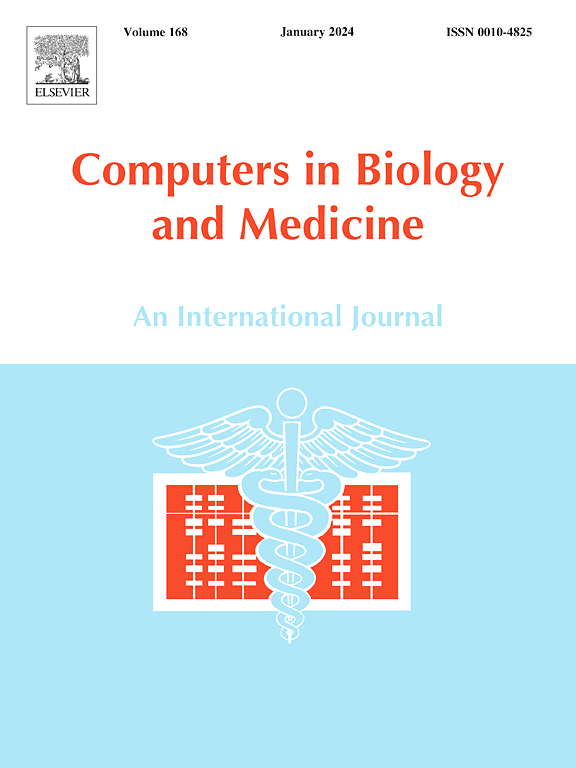Enhancing cell instance segmentation in scanning electron microscopy images via a deep contour closing operator
IF 7
2区 医学
Q1 BIOLOGY
引用次数: 0
Abstract
Accurately segmenting and individualizing cells in scanning electron microscopy (SEM) images is a highly promising technique for elucidating tissue architecture in oncology. While current artificial intelligence (AI)-based methods are effective, errors persist, necessitating time-consuming manual corrections, particularly in areas where the quality of cell contours in the image is poor and requires gap filling.
This study presents a novel AI-driven approach for refining cell boundary delineation to improve instance-based cell segmentation in SEM images, also reducing the necessity for residual manual correction. A convolutional neural network (CNN) Closing Operator (COp-Net) is introduced to address gaps in cell contours, effectively filling in regions with deficient or absent information.
The network takes as input cell contour probability maps with potentially inadequate or missing information and outputs corrected cell contour delineations. The lack of training data was addressed by generating low integrity probability maps using a tailored partial differential equation (PDE). To ensure reproducibility, COp-Net weights and the source code for solving the PDE are publicly available at https://github.com/Florian-40/CellSegm.
We showcase the efficacy of our approach in augmenting cell boundary precision using both private SEM images from patient-derived xenograft (PDX) hepatoblastoma tissues and publicly accessible images datasets. The proposed cell contour closing operator exhibits a notable improvement in tested datasets, achieving respectively close to 50% (private data) and 10% (public data) increase in the accurately-delineated cell proportion compared to state-of-the-art methods. Additionally, the need for manual corrections was significantly reduced, therefore facilitating the overall digitalization process.
Our results demonstrate a notable enhancement in the accuracy of cell instance segmentation, particularly in highly challenging regions where image quality compromises the integrity of cell boundaries, necessitating gap filling. Therefore, our work should ultimately facilitate the study of tumour tissue bioarchitecture in onconanotomy field.
求助全文
约1分钟内获得全文
求助全文
来源期刊

Computers in biology and medicine
工程技术-工程:生物医学
CiteScore
11.70
自引率
10.40%
发文量
1086
审稿时长
74 days
期刊介绍:
Computers in Biology and Medicine is an international forum for sharing groundbreaking advancements in the use of computers in bioscience and medicine. This journal serves as a medium for communicating essential research, instruction, ideas, and information regarding the rapidly evolving field of computer applications in these domains. By encouraging the exchange of knowledge, we aim to facilitate progress and innovation in the utilization of computers in biology and medicine.
 求助内容:
求助内容: 应助结果提醒方式:
应助结果提醒方式:


